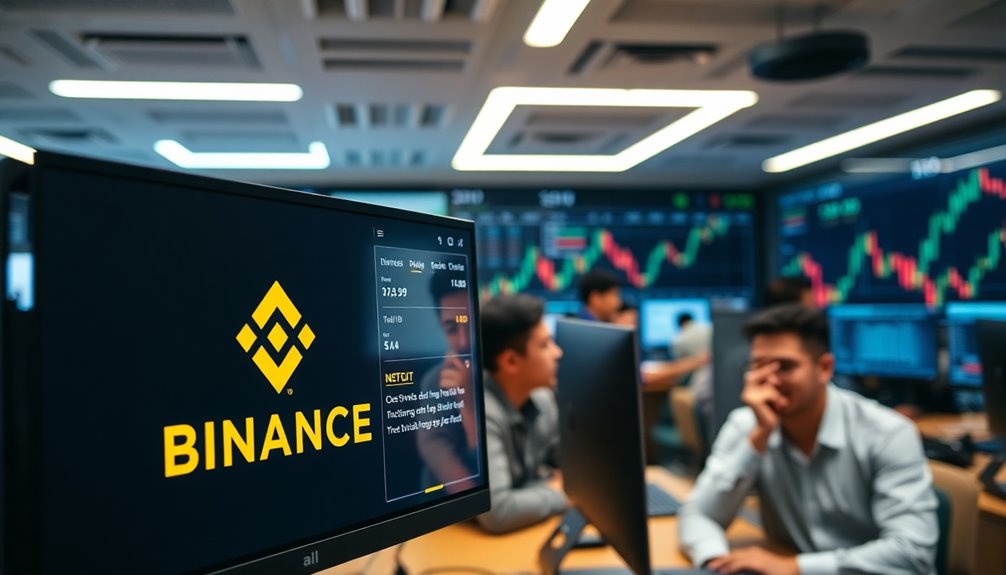You might want to consider the implications of Binance's recent decision to delist nine stablecoins in response to MiCA regulations. This move, targeting users in the European Economic Area, raises questions about compliance and market integrity. As Binance encourages a shift to compliant alternatives, you have to wonder how this will impact the broader crypto landscape and what it means for the future of stablecoins in Europe.

As Binance prepares to comply with the European Union's Markets in Crypto-Assets (MiCA) regulations, it will delist several non-compliant stablecoins on March 31, 2025. This significant move affects users in the European Economic Area (EEA) and targets stablecoins such as USDT, DAI, FDUSD, TUSD, USDP, AEUR, UST, USTC, and PAXG.
By taking these steps, Binance aims to align with MiCA's requirements and enhance consumer protection and market integrity in the crypto space. The affected stablecoins include prominent options like Tether USDt (USDT) and Dai (DAI), which have been widely used by traders and investors.
Binance's proactive measures aim to ensure compliance with MiCA, fostering greater consumer protection and market integrity in the crypto ecosystem.
The MiCA regulations, which fully take effect on December 30, 2024, require stablecoin issuers to meet strict compliance standards. These standards include holding reserves in EU bank accounts, ensuring that issuers can maintain the necessary liquidity and transparency.
While this shift might seem daunting, it ultimately aims to create a safer environment for users and investors.
For you, the user, this means it's essential to start considering your options. Binance encourages you to convert any non-compliant stablecoins into compliant alternatives like USDC, EURI, or even fiat currencies such as EUR. This conversion can be done through Binance Convert, making the transition smoother for you.
Additionally, you can still deposit and withdraw non-compliant stablecoins until the delisting date, but it's wise to act sooner rather than later.
As part of its compliance measures, Binance is removing non-compliant margin trading pairs on March 27. However, they're introducing incentives to make the switch more appealing. You'll benefit from zero-fee trading on compliant pairs and potential rewards for trading USDC or EURI.
This initiative aims to ease the transition and encourage users to adopt compliant stablecoins.
The market reaction to this delisting could significantly impact the European crypto landscape. Other exchanges like Coinbase and Kraken are also following suit, highlighting a trend toward greater regulatory clarity.
As Binance navigates these changes, the competitive advantage may lean towards issuers like Circle, whose USDC is already compliant with MiCA.
Meanwhile, discussions between Binance and EU regulators continue, aiming to ensure full compliance. Tether, however, has criticized MiCA's reserve requirements, arguing they pose financial risks.
As the industry adapts, uncertainty remains regarding decentralized stablecoins' compliance status, but Binance's exploration of euro-backed stablecoins could help bridge that gap.
In this evolving landscape, staying informed and proactive about your crypto assets is crucial.










